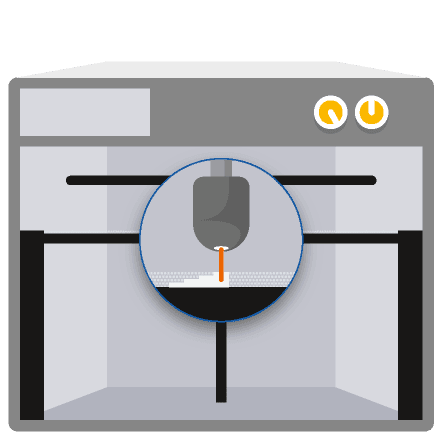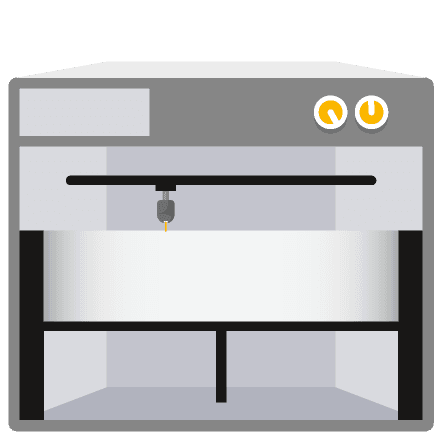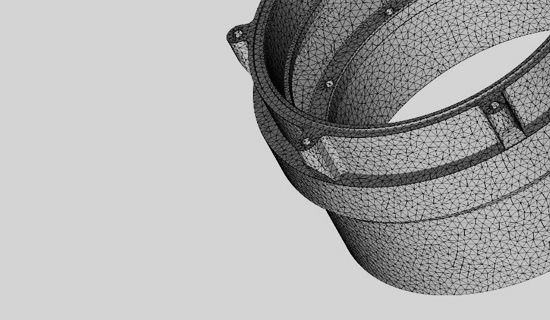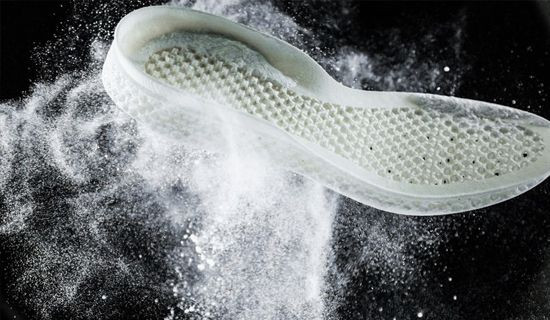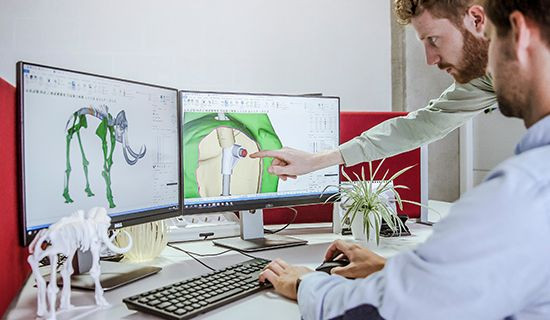PA 2210 FR is a flame-resistant, halogen-free polyamide (PA 12) material, with excellent long-term stability and chemical resistance. This high-performance plastic is Blue Card-certified, meaning it is tested and approved regularly by an independent test lab. Since it also passes the UL 94 V0 test and tests part of FAR 25.853, it is suitable for even electrical and electronic, and aeronautics and aerospace applications.
Technical Specifications
| Standard lead time | On demand |
| Standard accuracy | ±0.3 % (with lower limit on ±0.3 mm) |
| Layer thickness | 0.15 mm |
| Minimum wall thickness | 1 mm, however minimum 3 mm needed for UL Blue Card and UL 94 V-0 compliance |
| Minimum clearance | 0.4 mm between parts that need to be assembled 0.5 mm between shells of an interlocking part |
| Maximum part dimensions | 280 x 280 x 550 mm |
| Interlocking or enclosed parts? | Yes |
| Surface structure | Unfinished parts typically have a grainy surface but all kinds of fine finishes are possible. Laser-sintered parts can be sandblasted, colored/impregnated, painted, covered and coated. Please note that the all finishes like colored/impregnated, painted, covered and coated have an impact on the flammability properties, smoke generation, toxic gas generation and burning behavior. |
Datasheet
| MEASUREMENT | VALUE | STANDARD |
|---|---|---|
| Density of parts | 1.06 g/cm3 | |
| Tensile Strength | 46 MPa | DIN EN ISO 527 |
| Elongation at Break | 4% | DIN EN ISO 527 |
| Tensile Modulus | 2500 MPa | DIN EN ISO 527 |
| Flexural Modulus | 2300 MPa | DIN EN ISO 178 |
| Flexural Strength | 65 MPa | DIN EN ISO 179 |
| Melting Temperature (20°C/min) | 185°C | ISO 11357-1/-3 |
| Flammability properties | 1.7/2.0 mm | JAR/FAR 25, App. F, part 1| AITM 2.0002 B Vertical Bunsen Burner Test 12s Ignition Time |
| Smoke generation | 1.7/2.0 mm | JAR/FAR 25, App. F – Part V & AITM 2.0007 |
| Toxic gas generation | 1.7/2.0 mm | AITM 3.0005 |
| Burning behavior | 3.0 mm | UL 94 V-0 Blue Card-Certified |
Actual values may vary with build condition
How Does Laser Sintering Work?
Laser Sintering is a laser-based technology that uses solid powder materials, typically plastics. A computer-controlled laser beam selectively binds together particles in the powder bed, by raising the powder temperature above the glass transition point after which adjacent particles flow together. As the powder is self-supporting, no support structures are necessary.



